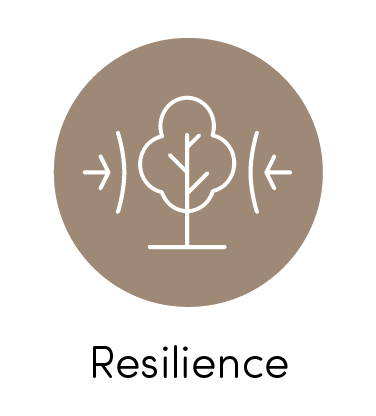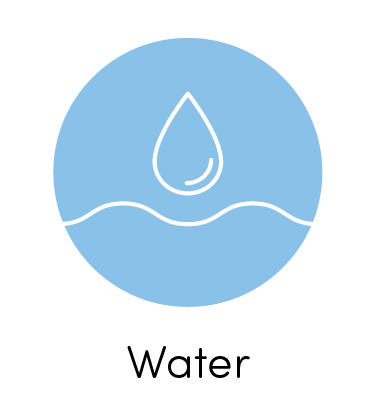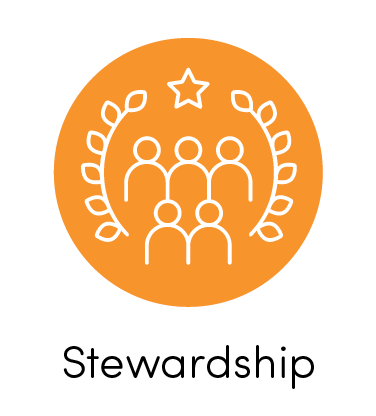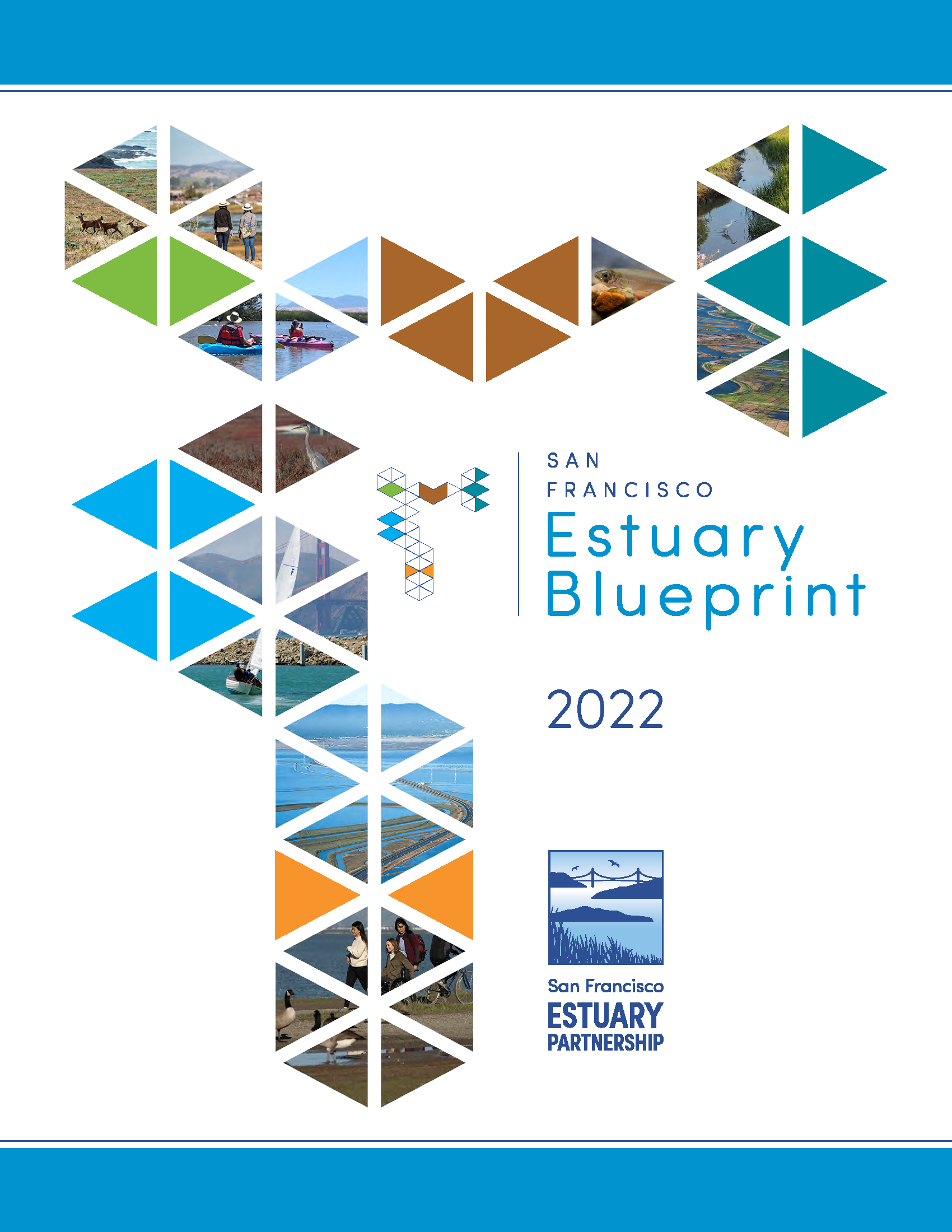Action 22: Health Risks of Contaminants
← Back to Estuary Blueprint Actions
Reduce human health risks due to legacy contaminants and contaminants in fish.
Addresses legacy contaminants and contaminants in fish and health risks related to fish consumption, and cultural and traditional uses. Support underserved and disadvantaged communities and Tribes’ efforts to collect toxic site and fish consumption data and to implement projects to mitigate health impacts.
Overview
Organisms living in or near the Estuary can absorb contaminants in the water, such as mercury, polychlorinated biphenyls (PCBs), and per-/polyfluoroalkyl substances (PFAS). In a food web, contaminants become more and more concentrated as predators consume prey and accumulate contaminants through their diet. The concentration of contaminants in fish can make them unsafe for human consumption in the Estuary, and can disproportionately impact Tribal, disadvantaged, and underserved communities that fish for cultural and subsistence purposes.
Task Description
Collaborate with Tribes and subsistence fishing communities to acknowledge the importance of Tribal cultural and traditional uses of water as well as subsistence fishing, and designate Tribal Tradition and Culture, Tribal Subsistence Fishing, and Subsistence Fishing Beneficial uses of water bodies in the San Francisco Bay Region.Task Lead(s)
San Francisco Bay Regional Water Quality Control BoardTask Collaborating Partner(s)
Tribes, California Indian Environmental AllianceCost Estimate Key
|
Cost Estimate
$$Milestone(s)
San Francisco Bay Regional Water Quality Control Board’s Basin Plan amended to designate additional Beneficial uses.Task Description
Partner with community-based organizations to collect information on subsistence fishing in the Estuary, focusing on disadvantaged and underserved communities, to develop an understanding of health risks and how stakeholder values, and cultural, recreational, natural resource, and agricultural uses vary geographically and across demographics.Task Lead(s)
San Francisco Estuary Partnership (Coordinator)Task Collaborating Partner(s)
All Positives Possible, California Indian Environmental Alliance, First Generation Environmental Health & Economic Development, Greenaction for Health and Environmental Justice, National Oceanic and Atmospheric Administration, Tribes, other community-based organizations representing disadvantaged and underserved communitiesCost Estimate Key
|
Cost Estimate
$$Milestone(s)
Funding secured for community-based organizations to collect data on subsistence fishing practices and consumption in at least two communities in the San Francisco Estuary.Task Description
Conduct thorough fish monitoring in the locations where communities with high rates of consumption collect fish from the Bay. Analyze the species they consume and the pollutants that they are concerned about. Coordinate this monitoring with the consumption survey work of Task 22-2 in partnership with community-based organizations.Task Lead(s)
San Francisco Estuary InstituteTask Collaborating Partner(s)
All Positives Possible, First Generation Environmental Health & Economic Development, Greenaction for Health and Environmental Justice, and other community-based organizationsCost Estimate Key
|
Cost Estimate
$$$Milestone(s)
Fish contamination in priority locations identified and monitored in at least two communities in the San Francisco Estuary.Task Description
Develop Advisory Tissue Levels for one or more chemicals found in San Francisco Estuary fish, such as PFAS (per- and polyfluoralkyl substances) chemicals.Task Lead(s)
California Office of Environmental Health Hazard Assessment (OEHHA)Task Collaborating Partner(s)
U.S. Environmental Protection AgencyCost Estimate Key
|
Cost Estimate
$$Milestone(s)
Advisory Tissue Levels developed for one or more chemicals and, as appropriate, fish advisories for specific water bodies (e.g., the Delta or San Francisco Bay) within the San Francisco Bay Estuary system.Task Description
Work with regulators and frontline, underserved, or disadvantaged communities to collect information on community-identified and -prioritized potential toxic water quality sites not listed on regulatory lists for cleanup.Task Lead(s)
San Francisco Estuary Partnership (Coordinator)Task Collaborating Partner(s)
All Positives Possible, California Department of Toxic Substances Control, First Generation Environmental Health & Economic Development, Greenaction for Health and Environmental Justice, San Francisco Bay Regional Water Quality Control Board, U.S. Environmental Protection Agency, other community-based organizations representing disadvantaged and underserved communitiesCost Estimate Key
|
Cost Estimate
$$Milestone(s)
Develop community-based toxic sites maps under the guidance of at least three frontline, underserved, and/or disadvantaged communities around the Estuary in partnership with regulatory agencies.Task Description
Use the results of community-based toxic sites mapping to produce an updated and prioritized list of toxic sites, including the status of sediment quality and indicators of bioaccumulation associated with fish consumption warnings, to inform management needs.Task Lead(s)
San Francisco Bay Regional Water Quality Control BoardTask Collaborating Partner(s)
All Positives Possible, California Indian Environmental Alliance, First Generation Environmental Health & Economic Development, Greenaction for Health and Environmental Justice, San Francisco Estuary Partnership, Tribes, other community-based organizations representing disadvantaged and underserved communitiesCost Estimate Key
|
Cost Estimate
$Milestone(s)
Updated and prioritized known toxic sites lists, including community-identified toxic sites, to inform management needs.Task Description
Task Lead(s)
Task Collaborating Partner(s)
Cost Estimate Key
|
Cost Estimate
Milestone(s)
Task Description
Task Lead(s)
Task Collaborating Partner(s)
Cost Estimate Key
|
Cost Estimate
Milestone(s)
Updates and Emerging Issues
Since 2016, this Action has shifted to addressing water quality from a habitat-centric approach (Total Maximum Daily Loads, or TMDLs) to a human-centric approach (exposure to hazardous levels of contaminants by subsistence fishers).
Climate Change Considerations
With sea level rise and, in some areas, associated groundwater rise, contaminants from current and former industrial sites along the Bay margins may be mobilized in groundwater or leach
into the Estuary. Task 1-8 will be a first step in studying the potential influence of rising sea level on contaminated sites around Bay margins.
Equity Considerations
Some contaminants may be more concentrated in waters near former industrial sites, disproportionately affecting communities that fish for subsistence or cultural purposes, including communities of color and lower income residents, and Tribes. In addition, Tribes feel strongly that a Tribal Beneficial use designation is appropriate for all waterbodies throughout the Estuary, on the basis of widespread and varied Tribal traditional use of Estuary waterbodies since time immemorial.
Blueprint Goals



Connections to Other Actions
Watershed connections provide unique habitat and ecosystem services closely related to or dependent upon:
Action 2: Equity
Action 18: Recycled Water
Action 19: Stormwater Management
Action 20: Nutrients
Action 21: Emerging Contaminants
Action 24: Public Access
